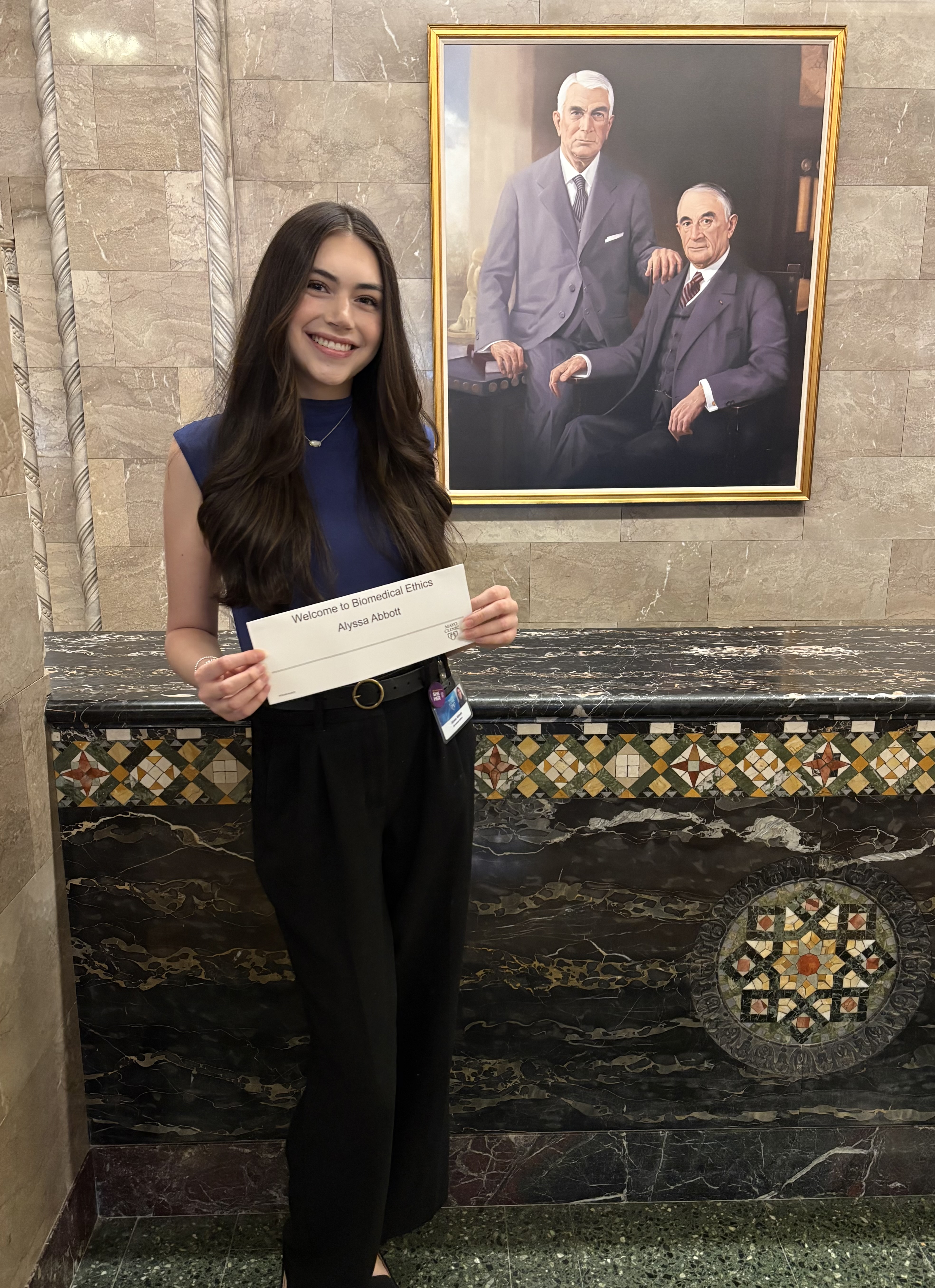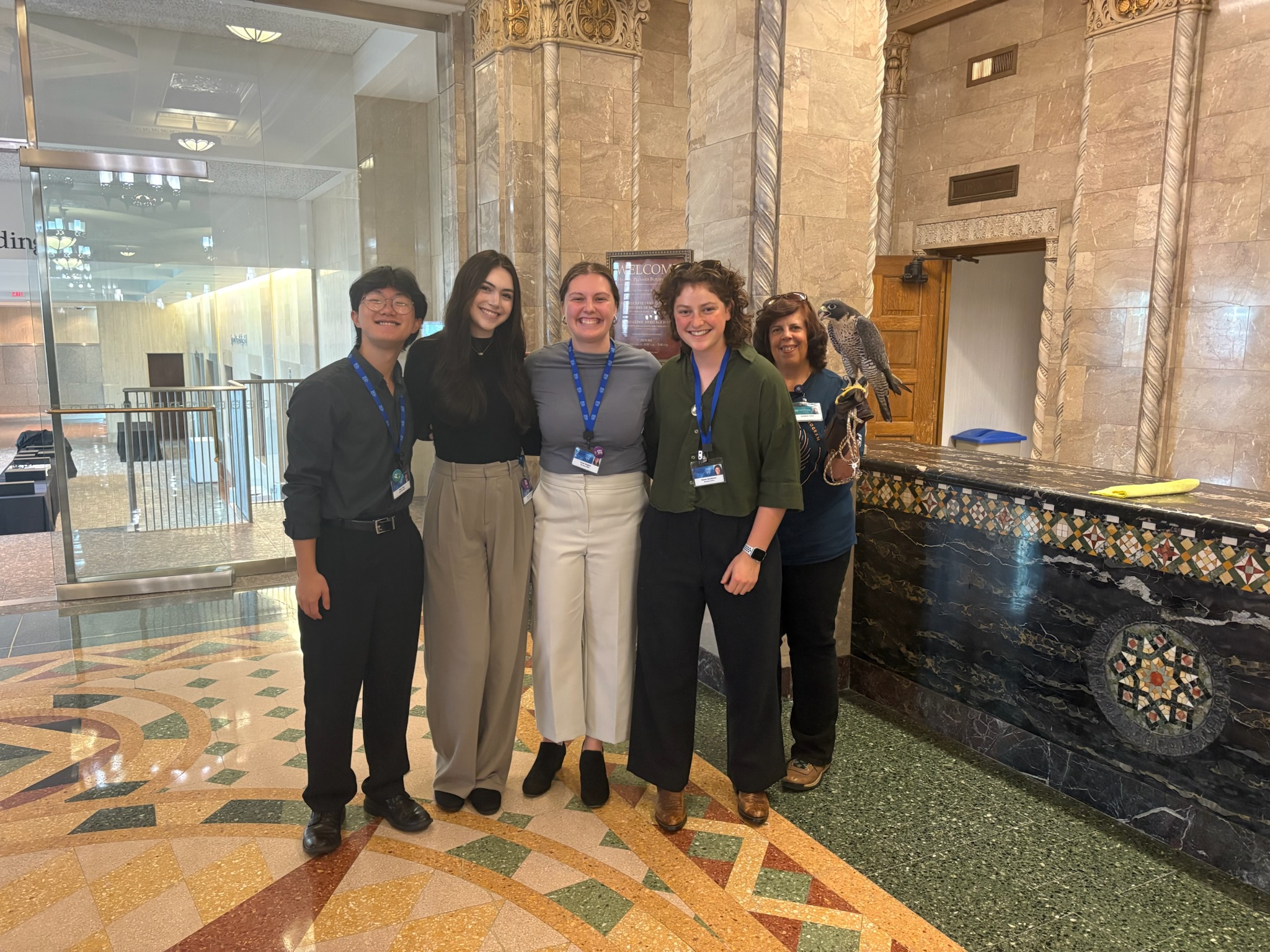 My name is Alyssa Abbott, and I’m a senior majoring in philosophy with an honors concentration and a minor in biology. This summer, I was fortunate to be accepted into the Mayo Clinic’s ten-week Summer Undergraduate Program in Biomedical Ethics Research (SUPER) at their main campus in Rochester, Minnesota. While participating in this program, I had the opportunity to develop connections with others interested in careers in biomedical ethics, practice different methods of research, and develop my own research project.
My name is Alyssa Abbott, and I’m a senior majoring in philosophy with an honors concentration and a minor in biology. This summer, I was fortunate to be accepted into the Mayo Clinic’s ten-week Summer Undergraduate Program in Biomedical Ethics Research (SUPER) at their main campus in Rochester, Minnesota. While participating in this program, I had the opportunity to develop connections with others interested in careers in biomedical ethics, practice different methods of research, and develop my own research project.
The SUPER program provides students with a mentored research experience that assists them in preparing for careers in bioethics and related fields. All SUPER interns attended recurring special topics sessions designed to expose us to major issues in bioethics and connect us with professionals in the field, in addition to our individual research assignments. Because of my previous work experience with research and transplant tissue, I was assigned to work in the transplant ethics lab under the mentorship of Dr. Ty S. Diwan.
Working with the transplant ethics lab taught me more about the complexities of whole organ transplantation and exposed me to the more nuanced day-to-day ethical issues accompanying the transplantation process. I appreciated the chance to learn about these niche problems, which aren’t often discussed in classrooms, media, or scientific literature. I also enjoyed contributing to the exploration of these issues when working on my own research and assisting others in the lab. During the internship, my favorite part of the week was our Friday morning lab meetings, in which we discussed the lab’s many ongoing projects and helped develop each other’s work. I’ve continued to attend these meetings since the program’s conclusion and am excited to keep working with the lab throughout the school year.

On the last morning of my internship, the other interns and I took a last walk through the hospital for coffee. A young girl held the rapt attention of a large audience as she played the piano. An even younger girl twirled around with her mom in time with the music. The music and the morning sun shining brightly through the windows created an organically reassuring atmosphere that I haven’t felt in a hospital before or since. That was my favorite part of being at Mayo; they pour so much care into making it the best environment possible for their patients and employees. This intentionality present in all aspects of the hospital and its associated programs is why I can only describe my experience there as “life-changing” and “surreal.”


